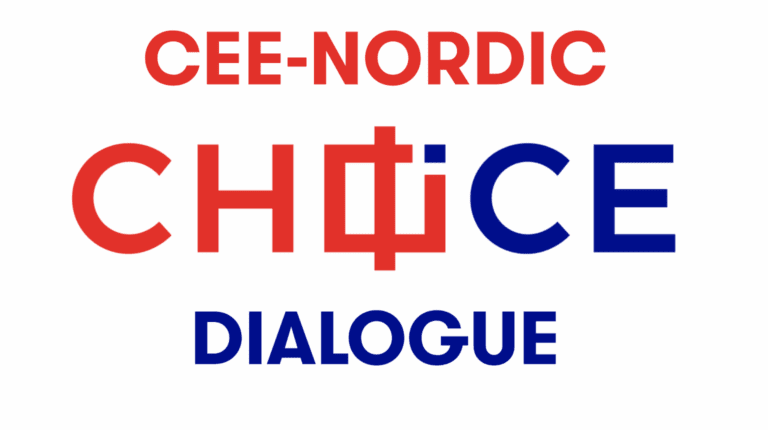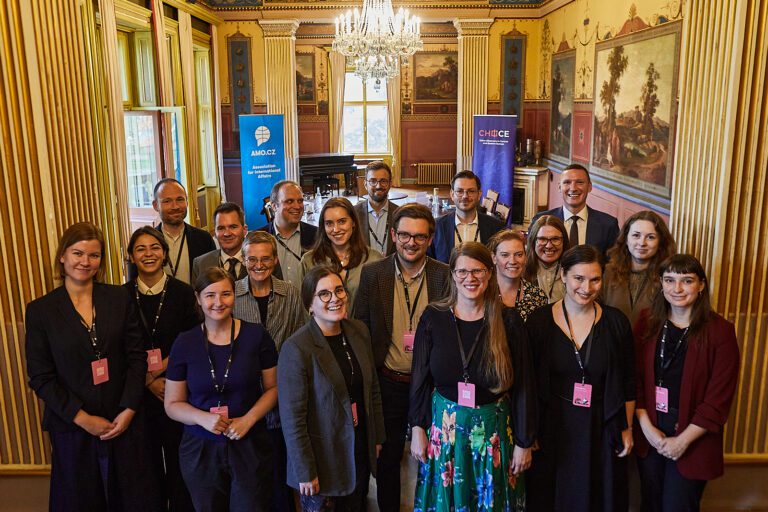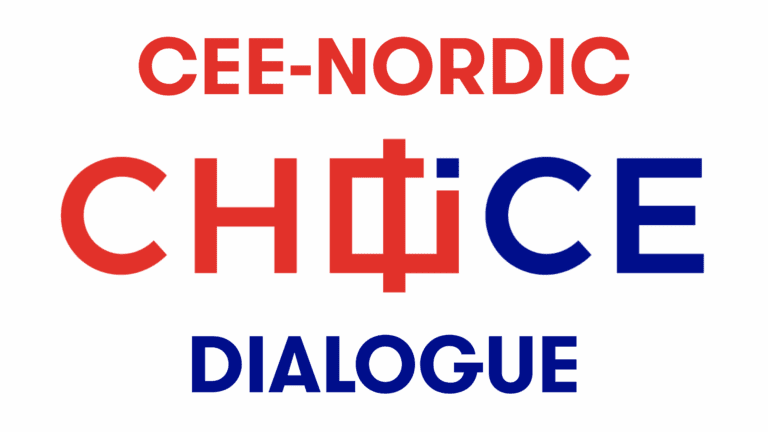Is There a Future for the 17+1 Format?

Nine years after China entered the region of Central and Eastern Europe (CEE) to great fanfare with the 16+1 format, the now 17+1 format appears to be running out of steam. To discuss the state of the cooperation at present and its prospects for the future, CHOICE convened a group of policy makers, diplomats and China experts from participating Central and Eastern European nations hours before the anticipated February 9 online summit.
Trouble Brewing for Beijing in the Baltics
Most pressing to the status of the cooperation at present is the threat of a pull-out levied by the Baltic nations of Lithuania and Estonia. The participants of the event noted that the Baltic countries are in a position to challenge Beijing due to its relative lack of economic cooperation with China overall, a position that underlines the empty promises of Chinese investment repeatedly made. Further, the values-based agenda of the governments in each country along with the increasingly abrasive “wolf warrior” diplomacy emanating from Chinese embassies has rapidly frayed the already uneasy relationship.
Additionally, the issue of Russian influence on proceedings looms large and has the potential to cross bright red lines in the Baltic region. One potential aspect of this influence is the highly controversial question of Belarusian leader. Belarus holds observer status, which has become an increasingly thorny issue as the nation’s leader is not recognized as legitimate by the European Union. Also, key Lukashenko opponent and Sakharov Prize winner Sviatlana Tsikhanouskaya now calls Lithuania her home in exile, the accommodation for Lukashenko may be a bridge too far.
Overall, multiple experts, from both Baltics and beyond, agreed that the question of exit from the 17+1 platform by a few Baltic nations is an open-ended one. The real question is whether enough nations would follow suit in order to make a real impact.
Driving EU Division
Of course, this opened the floor to questions of overall unity within the European Union as 12 out of 17 CEE nations count themselves members of the arrangement. While many participants in the discussion lauded the idea of the Baltic nations standing up to Beijing, many others stressed that pragmatism on the part of many other nations.
Indeed, while there was an agreement that some EU institutions and smaller nations may support such bold action from a few nations, the issue of larger economies that are more reliant on China’s economy may prevent the sustenance of a more popular front on the issue. The recent Comprehensive Agreement on Investment (CAI) serves as a significant indicator of remaining optimism on China amongst larger economies, namely in Germany and France.
Further, many participants pointed to the hurried nature of the 17+1 meeting as indicative of China’s remaining ability to flex its soft-power muscles and convene numerous nations at short notice.
In the end, there was a common concern that the economic and business interests of a few countries may create tensions with those not as focused on economics. More broadly, there was concern that the self-interest of a few nations may contrast with values-based ideas that are claimed to undergird the EU itself. Further, there was conjecture that even some of the smaller nations may balk at such a bold move given their tangential reliance upon large EU economies, like Germany, that are themselves linked to China.
Tying in Transatlantic Issues and Taiwan
Featuring heavily in the discussion is the anticipated impact of the recently inaugurated Biden administration in the United States, which has promised to rejuvenate transatlantic ties. NATO’s shift towards tackling China as a rising threat was cited as an illustration of the security aspect and the role of the United States as the ultimate security guarantor. Of course, this is amplified for Poland and the Baltics, nations that remain concerned about their Russian neighbor.
More pertinent to modern security in relation to China directly is the issue of digital security and the well-trod issue of 5G security. The examples of Romania’s blanket bans on Chinese state-owned enterprises and Polish concerns on spying from a Huawei employee and subsequent sanctions were cited among the numerous examples of a souring on Chinese technology presence in the region. Overall, this is likely to not only decrease investment from China into the region but encourage further closeness with the United States that has pushed for bans on Chinese tech firms.
To be sure, Hungary and Serbia were noted as significant exceptions, with Budapest aligning on ideological grounds with Beijing and Belgrade attempts to play both sides against one another to its own benefit. Further, Greece’s government was noted to have held ideological similarities upon its accession to the cooperation, which have since faded. Nonetheless, the ideological incentive has been replaced by an economic one, most notably in the Port of Piraeus which has been a rather successful endeavor for both Chinese firms and Chinese diplomacy.
These exceptions have also become more prominent in challenging the overall trend of 17+1 nations turning on China as mask and vaccine diplomacy shows strength. Indeed, the plan of the Orbán government in Hungary to import Chinese vaccines en masse sans European Medicines Agency approval and the jostling of multiple nations for access to Russia’s Sputnik V challenges the idea of the bloc uniting on important issues.
Perhaps most incendiary among these issues is the question of Taiwan, which was noted multiple times as a sore spot for the 17+1 nations, particularly after the visit of Czech Senate President Miloš Vystrčil to the island and the subsequent engagement Taipei enjoyed from nations like Lithuania. Persistent challenges to Chinese soft power on Taiwan could further weaken Chinese ability to project soft power in the CEE region in the estimation of many experts, particularly as its increasingly caustic rhetoric on the issue has proven to only invite further criticism and challenge.
Reason to Hold Out Hope?
While much of the discourse was pessimistic on the status of the relationship, it is not to say that all perspectives were bleak. In fact, multiple participants noted that the platform is a crucial tool for CEE nations to leverage, it is simply that CEE nations need to recognize the correct manner in which to leverage it.
On this point, many raised the importance of dialogue with China as a catalyst for the platform’s very genesis. Indeed, the lack of bilateral dialogue for each nation on its own was a driving force in the optimism that abounded at the outset of the cooperation. While bilateral dialogue between each nation and China directly would be ideal, it is not entirely feasible and thus might call for such a platform.
As such, the platform is an important tool in communicating the concerns of the region at large to Beijing as there might not be other opportunities to do so. The security point is also important, particularly in voicing concerns with regard to Russia by way of China and, in some respect, to Brussels and other partners as well.
In short, the platform could serve a positive end, but is instead being left largely to the pursuit of only one party’s interests.
As questions about what form the summit may take place in, or if it will take place at all, it remains extremely difficult to forecast the future. Though, if the discussion among stakeholders and experts is an indication, the uncertainty at present does not paint an overwhelmingly favorable picture of Sino-CEE ties or the 17+1.
For more on China’s aims and tactics in the 17+1 format and how Central and Eastern European nations can respond, read CHOICE’s groundbreaking publication entitled Empty Shell No More: China’s Growing Footprint in Central and Eastern Europe.
Written by
CHOICE
CHOICE is a multinational consortium of experts providing informed analysis on the rising influence of the People’s Republic of China within the countries of Central and Eastern Europe (CEE).


